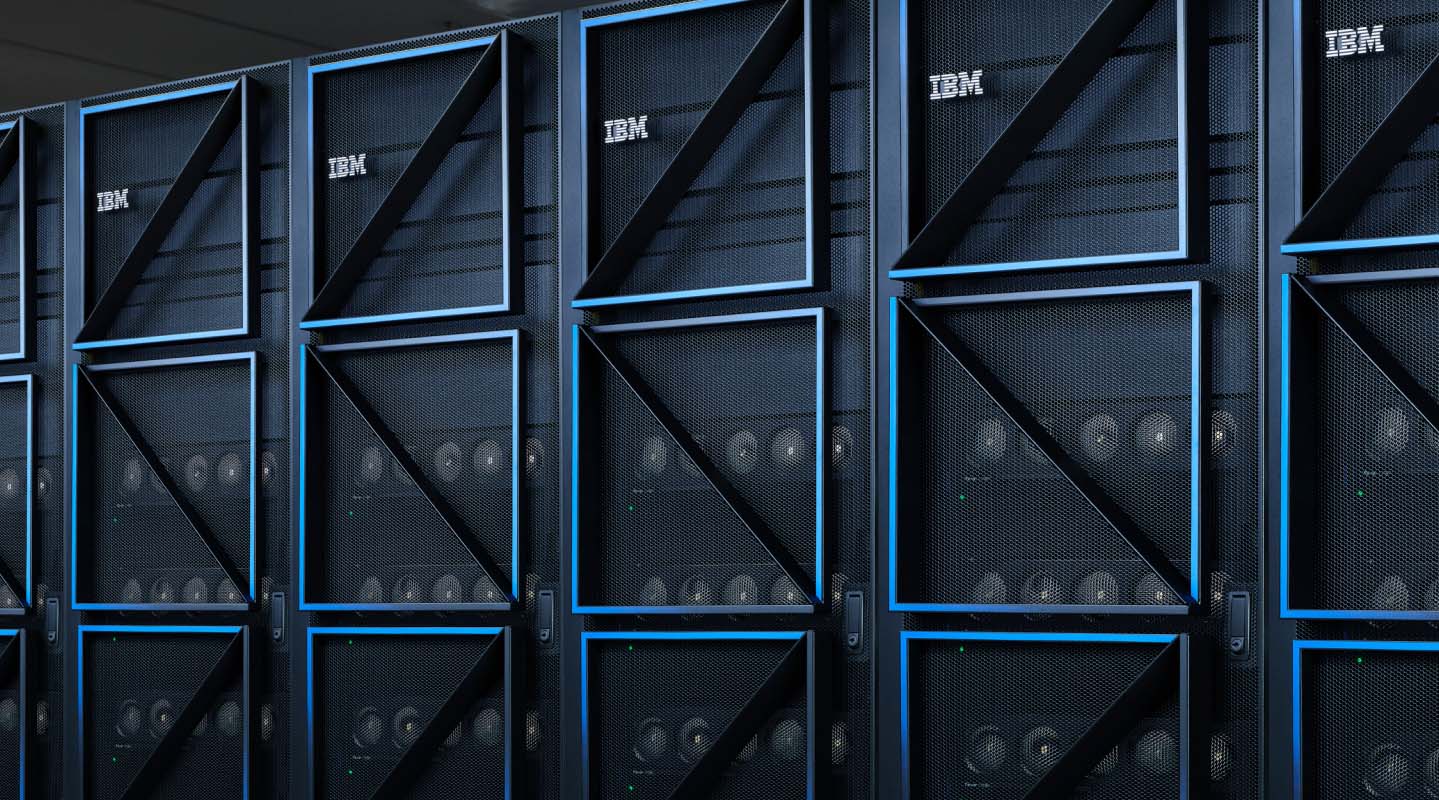DPCM
Unleash the full potential of your IBM Power environment: The Dynamic Power Cloud Manager is the leading automation solution, making the operation of virtual servers significantly easier.
NEWS
-
DPCM X 10.8.0 GA
We are pleased to inform you that the new Axians DPCM X Release 10.8, which we announced during the Release Webinar on 2024/06/24, is now available. You can find the recording (in German) and the presentation (in English) of the Release Webinar for DPCM X 10.8 here. In addition, you will find many screenshots of new functionalities that we were unable to show in the…
-
DPCM X Webinar 24.06.2025
/
DPCM X Webinar 24.06.2025 14:00-15:00 CEST IBM Power Ansible Automation & Management with DPCM X – Release 10.8 Webinar for IBM Power Customers and all interested in following topics:
FEATURES
DPCM supports the full range of required functions throughout the lifecycle from planning, deploying and modification of LPARs to decommissioning and migration to new systems.
Backup & Restore
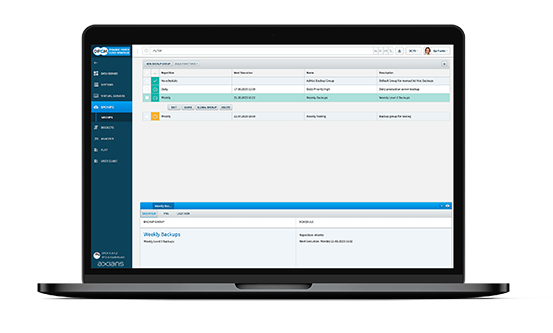
Backup & Restore
Defined scheduled OS backups for AIX and Linux VMs. Restore with a click.
Compliance and Reports
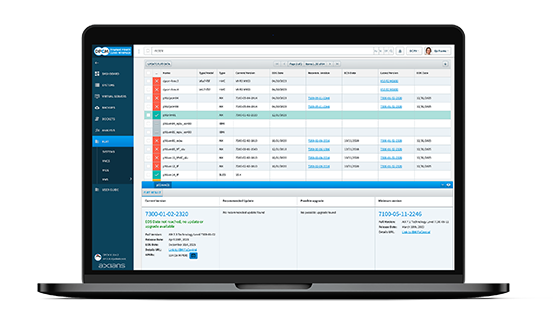
Compliance & Reports
Requirements for compliance are supported through access control, report generation, centralised logging, backup and restore, additional metadata, and integration of the IBM Fix List Recommendation Tool. Analyses take into account IBM recommendations and suggest changes.
Ansible Automation
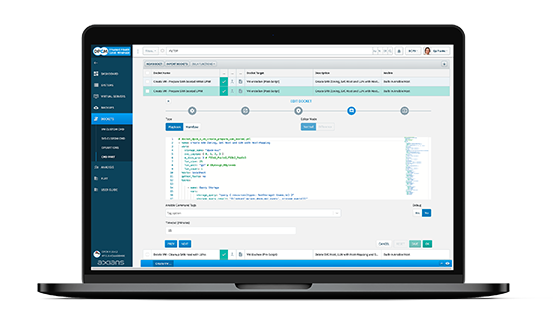
Ansible Automation
In addition to the built-in high-level functionality, an integrated Ansible concept allows for custom extensions and implementation of custom operational concepts.
Disaster Recovery
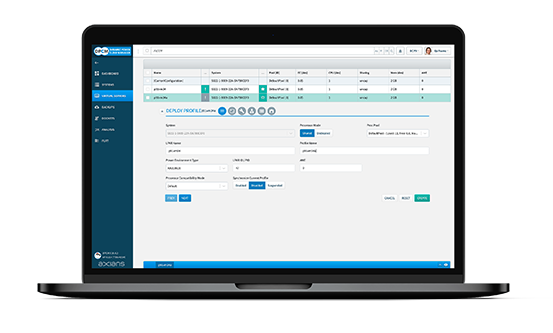
Disaster Recovery
Advanced profile and partition management enables true disaster recovery and supports your emergency planning and management in your IBM Power Datacenter.

Benefits
Optimize Resources
Reduce operating & investment costs by automating, standardizing and optimizing the deployment of hardware.
Save Time
Automate manual actions and leverage the intuitive webfrontend for operation made quick and easy.
Boost availability
Ensure high availability thanks to integrated functions; perform disaster recovery quickly and securely.
REFERENCES
Success stories and practical examples –
our references tell the story.
-
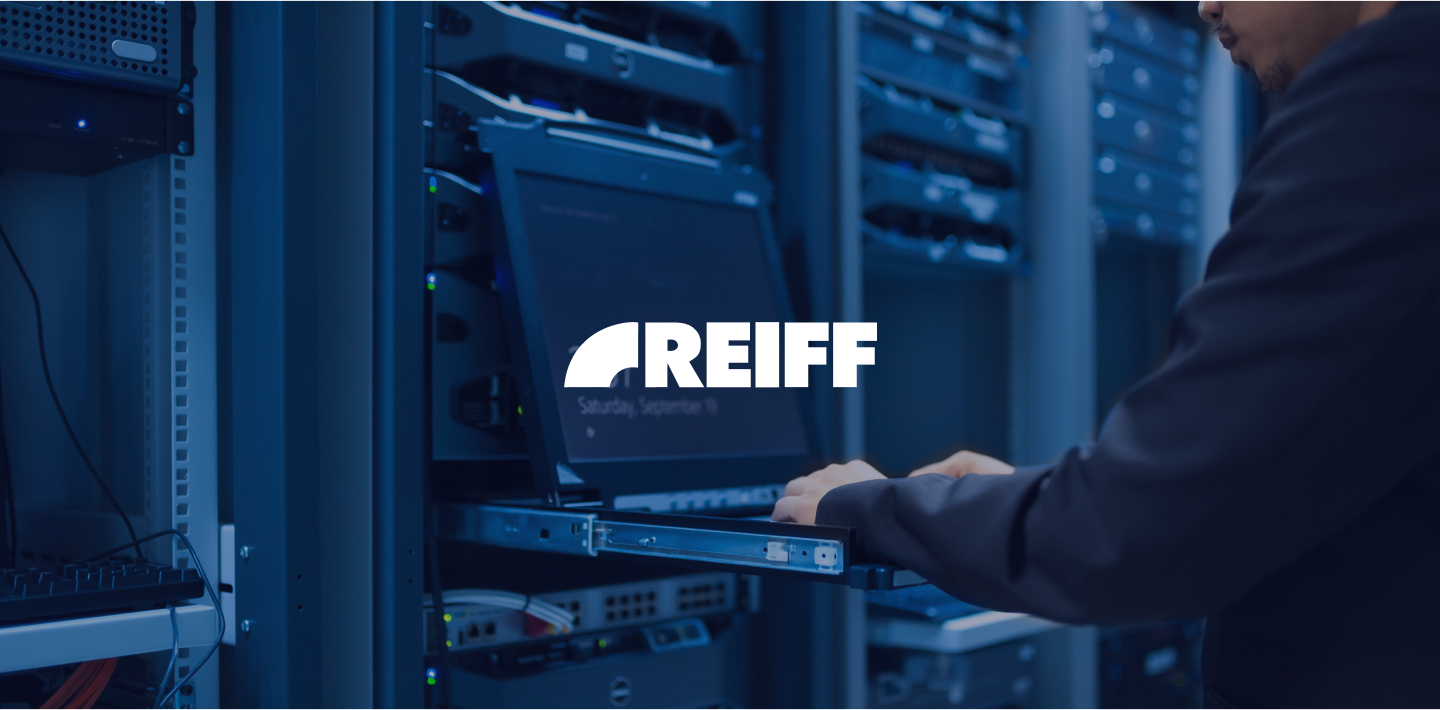 Read more: Reiff Group
Read more: Reiff GroupThe REIFF Group needed a technology refresh, and REIFF took the opportunity to completely overhaul and modernize its IT infrastructure. REIFF’s goals of security, reliability, scalability, simplified complexity and reduced management overhead were met with the introduction of new IBM hardware. But it was the deployment DPCM that made the biggest difference.
-
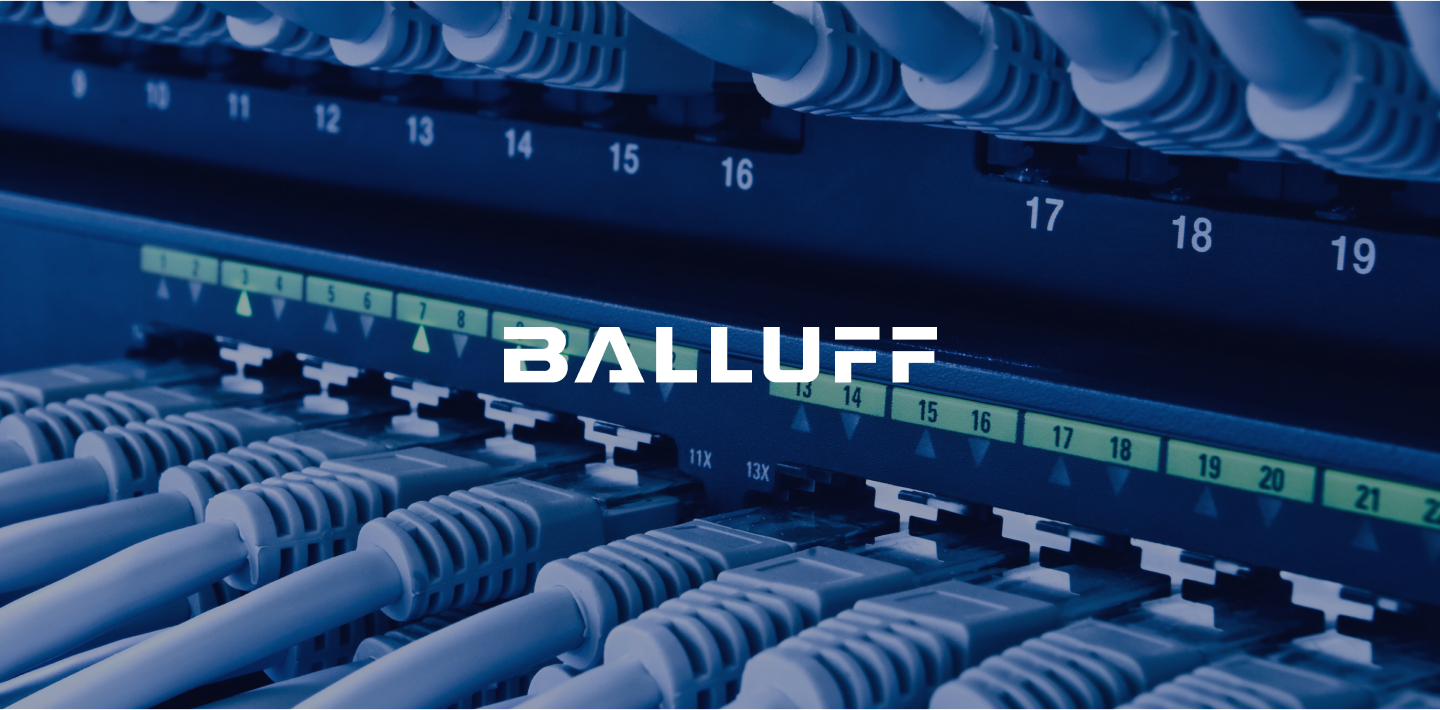 Read more: Balluff GmbH
Read more: Balluff GmbHThe goal of implementing DPCM was to reduce the complexity and administrative overhead of the new IBM Power environment to an absolute minimum, while standardizing many processes and implementing a holistic approach to monitoring IBM Power and LPARs.

Test Drive
Try DPCM at the Axians IBM Power Experience Center
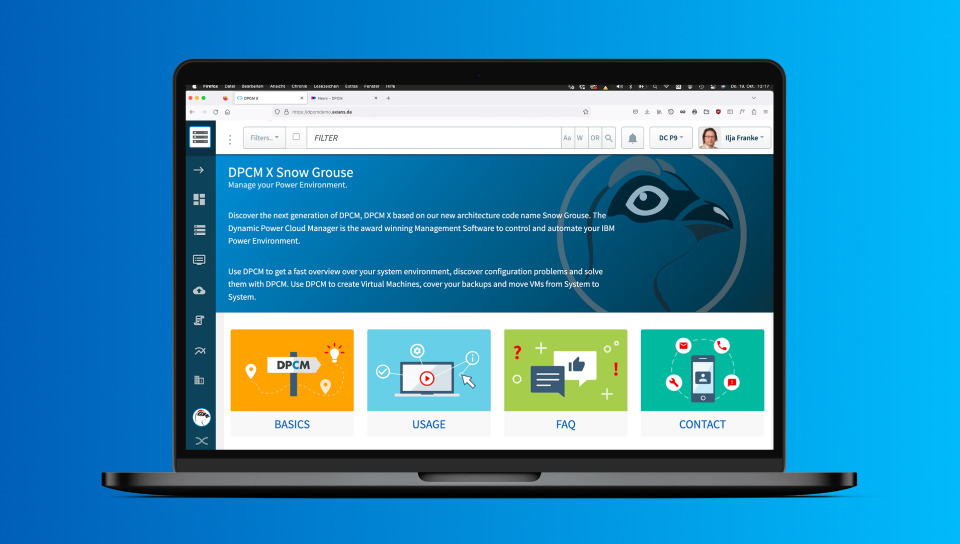
No risk, no installation required! Get access to our Experience Center and use DPCM in this environment to play around. Start creating LPARs, move LPARs from system to system, create backups and restore them. In addition, you have full access to all DPCM functions and can test all monitoring, load balancing and automation functions.
If you have questions, get in touch with our professionals. We take the time and show you how to get the most of your environment and how DPCM can help to save time, costs of operations and to get a truly automated IBM Power Datacenter.
Would you like to learn more about DPCM?
Contact us!
